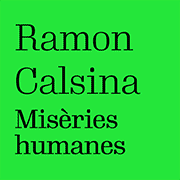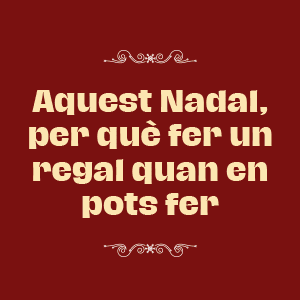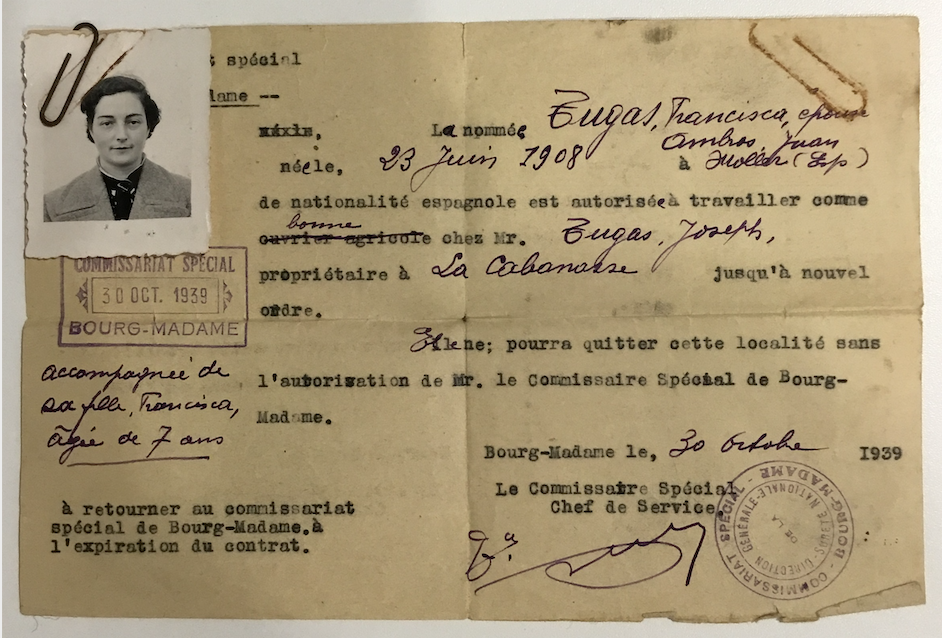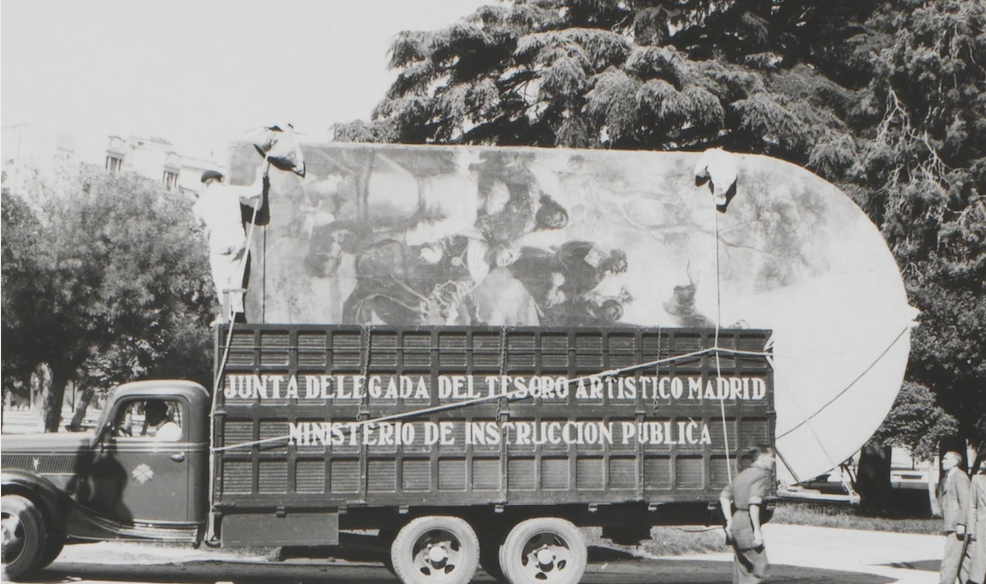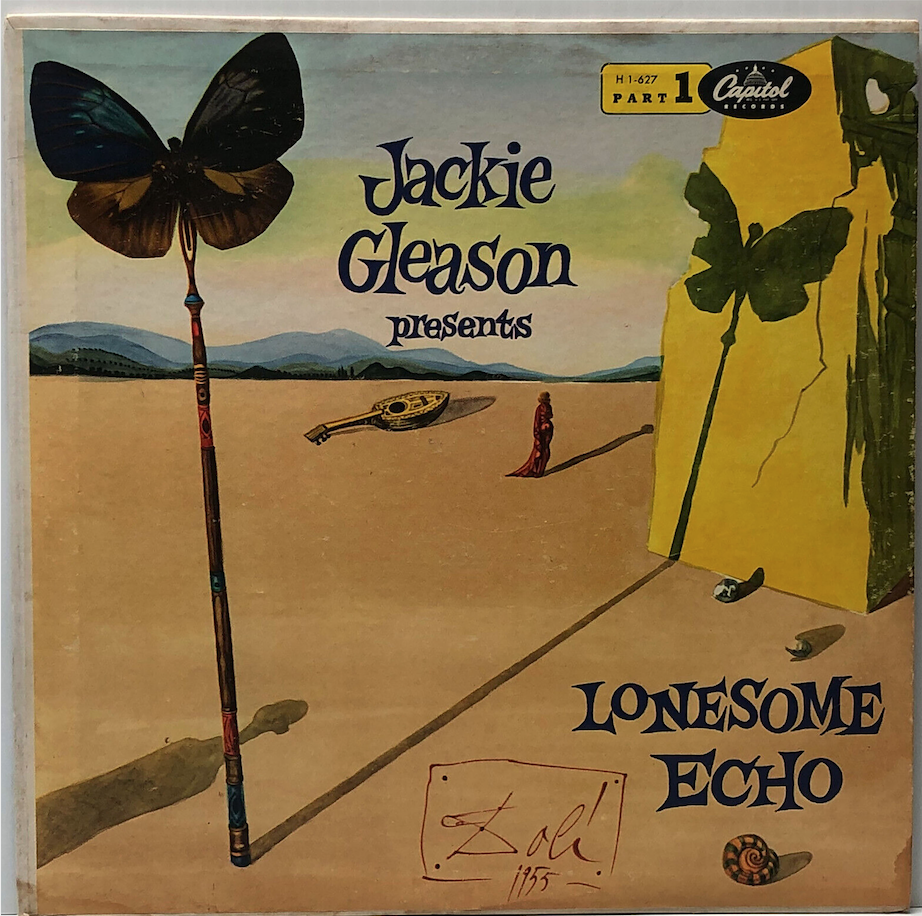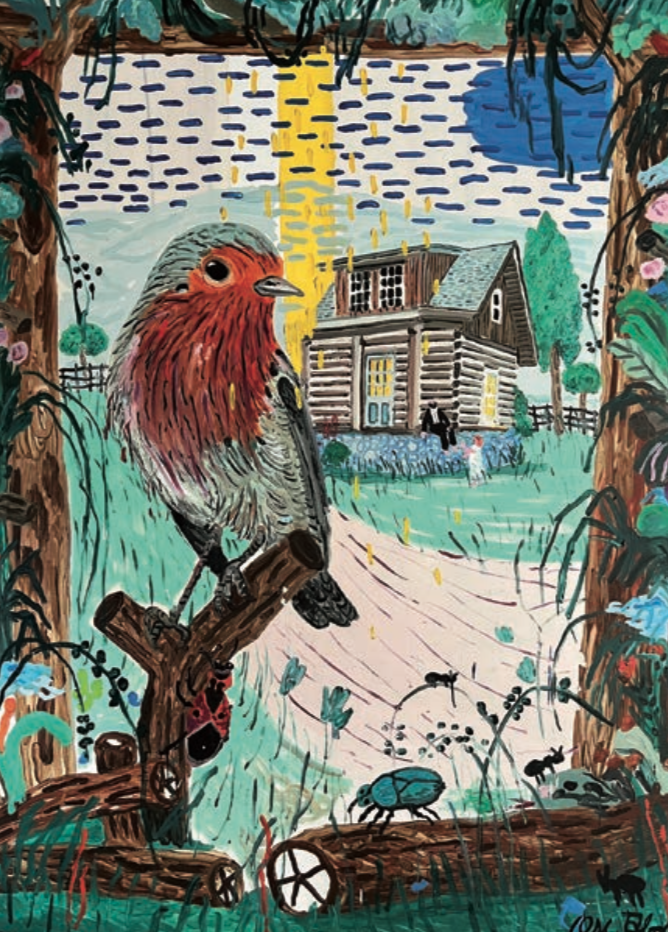Exhibitions
From Cadaqués to Blanes: "Costa Brava. The discovery of paradise"
Fins al 17 de setembre
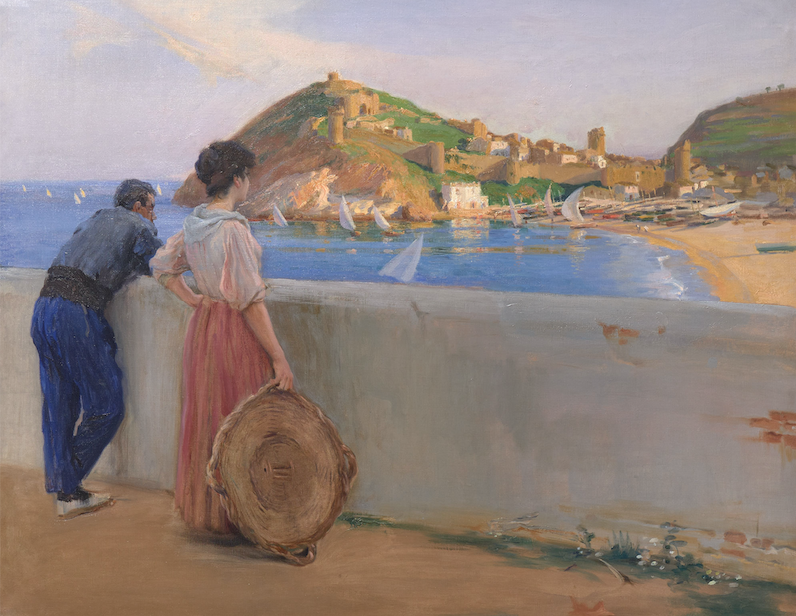
Explore the new exhibition at the Girona Art Museum that covers the landscapes from Cadaqués to Blanes: Costa Brava. The discovery of paradise.
The Costa Brava has long been a center of attraction in the world of culture, as renowned artists, writers, philosophers and poets, both national and international, have frequented it. One of the circumstances that has caused this most is the fact of being close to France, which is conducive to a large presence of foreign visitors. Now, the Girona Art Museum presents Costa Brava. The discovery of paradise. 1870-1936 . It is the first of a trilogy of exhibitions, curated by the art historian and PhD in Humanities Mariona Seguranyes, which refer to various aspects of the Costa Brava that show "the processes of discovery, destruction and recovery of the Costa Brava also from the world of art".
The Costa Brava: an attractive place for artists The first process consists in the fact that the artists find a place unknown to them that serves them to work freely in an inspiring landscape. The destruction appears at the moment when the arrival of tourism and the consequent speculation of the land occurs. And finally, the recovery that the coast has experienced in recent years thanks to people's interest in safeguarding it. The project also includes the Museu de l'Empordà in Figueres, where works by artists who had Cadaqués as their creative core are exhibited. The exhibition is entitled Costa Brava: when Cadaqués was a party. The exhibition in Girona serves to get to know in depth the work of plein air painters from other places and who discover an exceptional space to be able to make their creations. The main artistic centers of the Costa Brava are, among others, Cadaqués itself, Tossa de Mar and Sant Feliu de Guíxols. In total, around fifty works by artists such as Lluís Graner, Francesc Gimeno, Lluís Rigalt, Laureà Barrau, Segundo Matilla, Olga Sacharoff, Lluïsa Vidal...
The main centers of art on the Costa Brava: Cadaqués, Blanes, Calella, Santa Cristina and other towns
Among the works on display, I would like to highlight La catifa (1920), by the painter Francesc Vidal Palmada, a faithful follower of the French impressionists and post-impressionists, who used to paint with his students on the Palamos beach of La Catifa. By the founder of the Cercle Artístic Sant Lluc de Barcelona, Joan Llaverias, there is the oil The Procession of Santa Cristina (1921), where you can see a large number of well-dressed people of all ages, following the procession started from the beach Josep Mompou's watercolor Barques de Calella (1922) is on display, painted from a Fauve perspective, very synthetic and luminous. From the Valencian Joaquim Sorolla, Costa de Santa Cristina, Lloret de Mar (1915) is on display, a work of marked impressionistic content where he represents the coast through the spaces left by the trees, which allows one to contemplate a blue sea. These paintings represent different places on the Costa Brava , such as the towns of Lloret de Mar, Calella de Palafrugell and Palamós.



